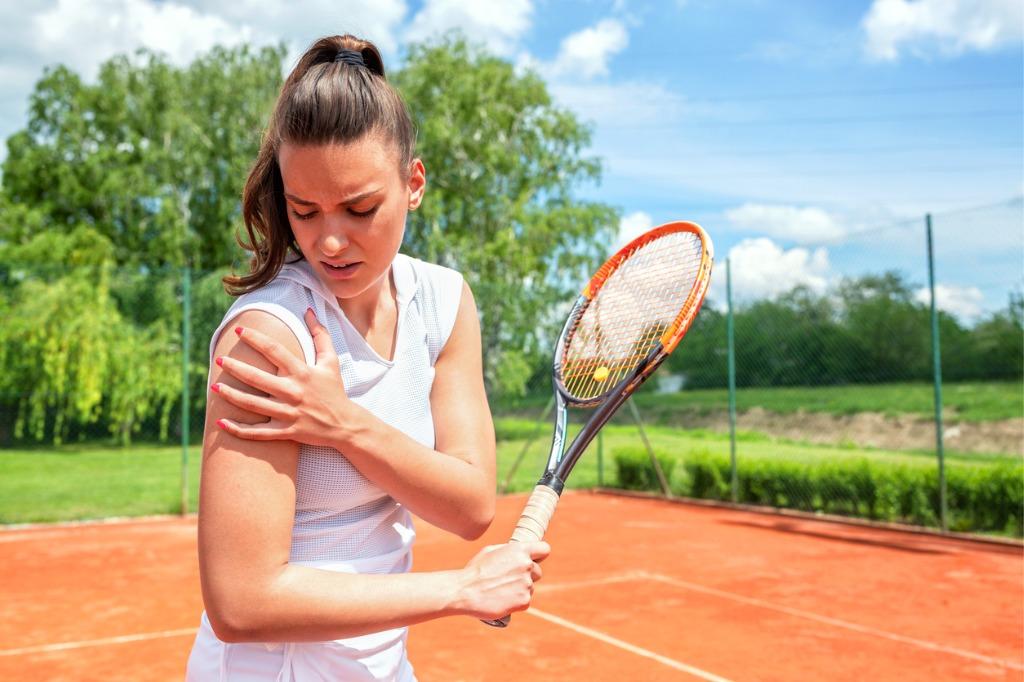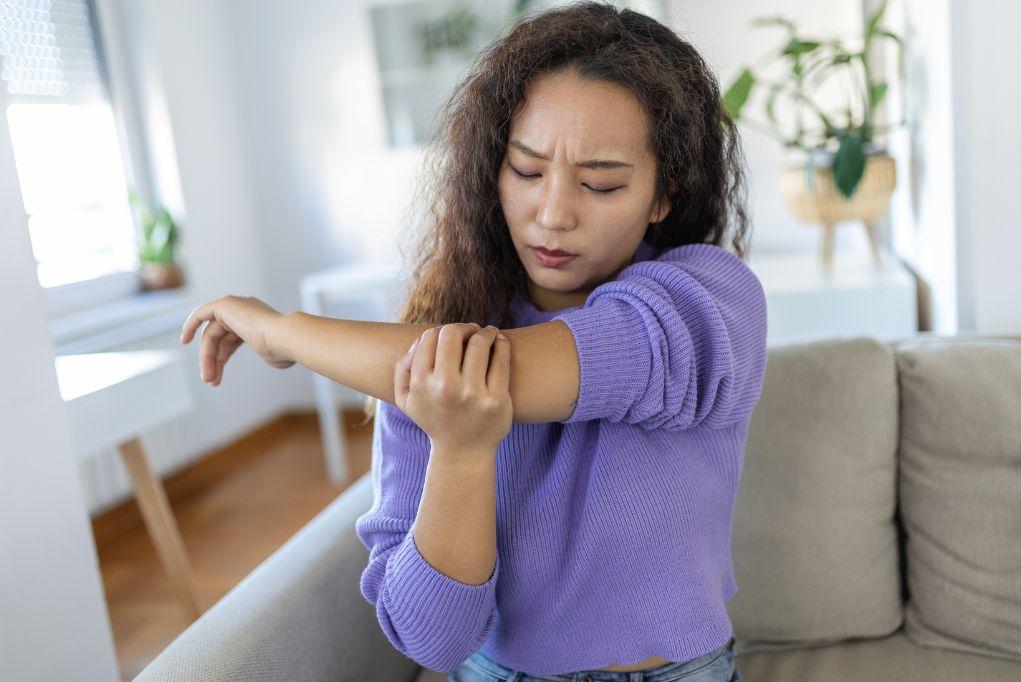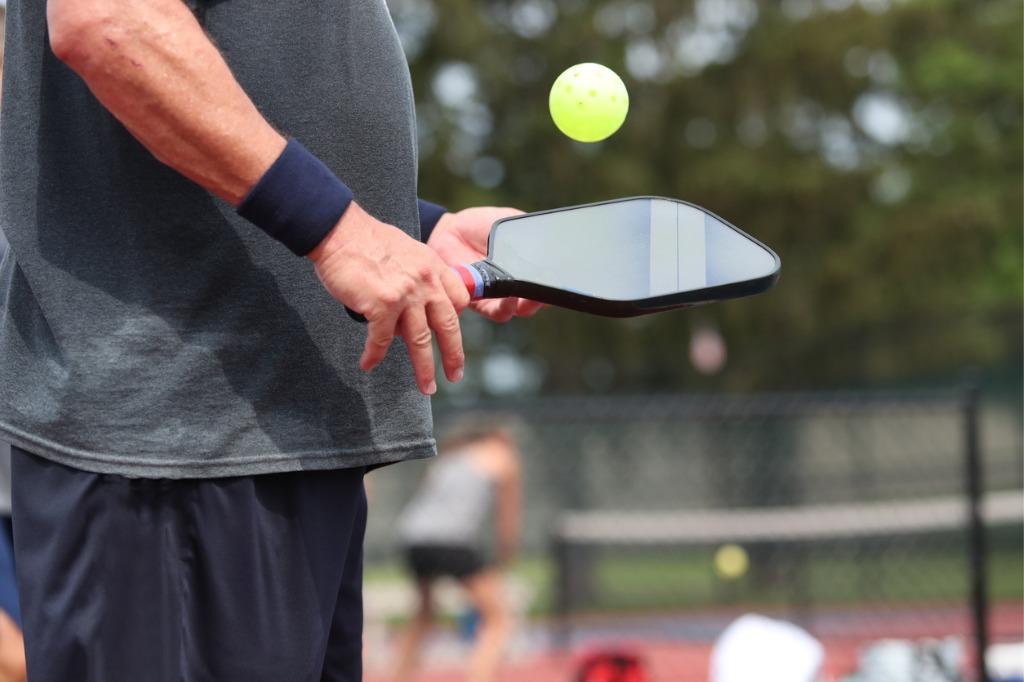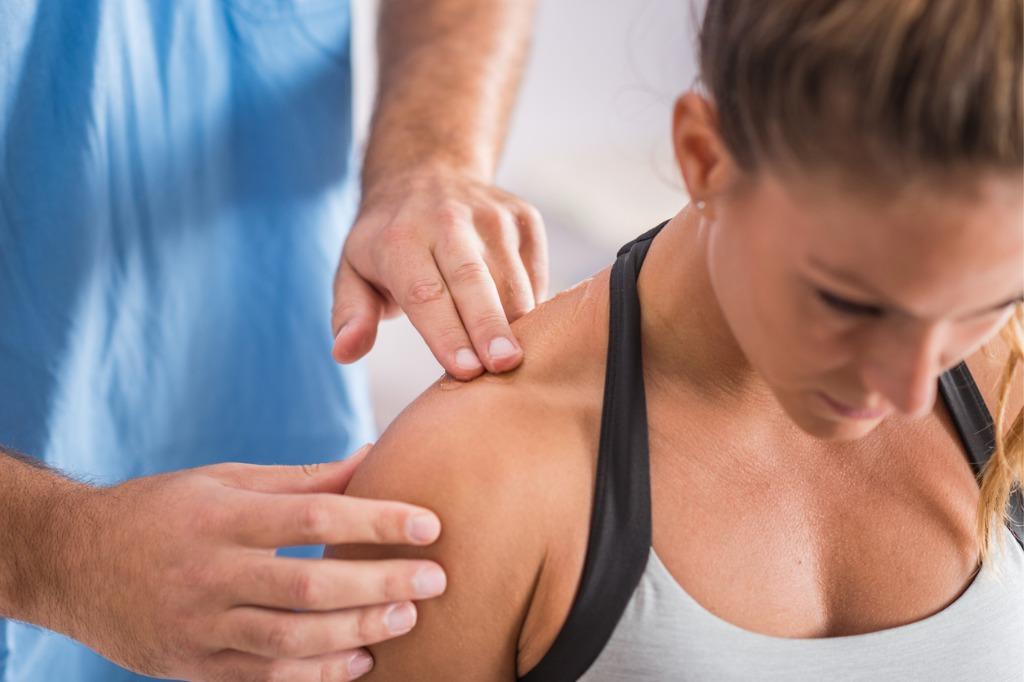4 Possible Causes of Shoulder Pain When Throwing

4 Possible Causes of Shoulder Pain When Throwing
If you are an athlete that participates in a throwing sport, it is likely that you may eventually experience shoulder pain at some point. More than a third of sports injuries involve the upper extremities, and the shoulder is one of the most common sites of injury for throwers. Those who play sports such as baseball, football, javelin, and tennis are particularly susceptible to damaging their shoulder over time.
Whether you are an amateur or professional athlete, shoulder pain may significantly impact your ability to perform. Identifying the cause of your shoulder pain is the first step in finding relief and getting back to your game. In addition, finding ways to prevent shoulder injuries may allow you to stay healthy and on the field longer.
Common Causes of Shoulder Pain When Throwing
The shoulder is a complex joint consisting of many different bones, muscles, tendons, and ligaments. These structures work together to allow a wide range of motion in the shoulder joint. However, this wide range of motion also makes the shoulder joint susceptible to injury. In athletes, shoulder pain is typically caused by overusing the muscles and tendons around the joint.
The most common causes of shoulder pain while throwing include:
1. Rotator Cuff Injuries
Your rotator cuff is a group of muscles and tendons that allows you to lift your arm and rotate your shoulder. This group of muscles and tendons attach your upper arm bone to the shoulder blade. Rotator cuff injuries are among the most common causes of shoulder pain in athletes, particularly for those who participate in throwing sports. The rotator cuff may become weak or damaged due to overuse, resulting in pain while throwing.
Symptoms of a rotator cuff injury include:
- Weakness in the arm
- Stiffness and swelling in the shoulder
- Pain while lifting your arm overhead
- Pain when rotating your arm
- Difficulty reaching behind your back
If you suspect you have a rotator cuff injury, it is crucial to seek medical attention as soon as possible. A doctor can diagnose a rotator cuff injury with a physical examination and imaging tests. Treatment for a rotator cuff injury may include rest, ice, physical therapy, injections or surgery. Exercises to lightly stretch and strengthen the rotator cuff muscles may also help alleviate pain. However, before doing any exercises, it is important to consult with a doctor or physical therapist to avoid further injuring the rotator cuff.
2. Impingement Syndrome
Shoulder impingement syndrome occurs when the tendons of the rotator cuff muscles rub against or are “impinged” by the shoulder blade. This condition is often brought on by overuse of the shoulder. Symptoms typically develop over time and may take weeks or even months to appear.
Symptoms of shoulder impingement syndrome include:
- Pain when lying on the affected shoulder
- Weakness in the shoulder
- Pain when picking up objects
- Arm stiffness
Conservative treatment options such as rest, ice, steroid injections, and physical therapy may help alleviate pain. In some cases, surgery may be necessary to relieve impingement on the rotator cuff tendons. Furthermore, non-steroidal anti-inflammatory drugs (NSAIDs) such as ibuprofen may be recommended to help reduce pain and inflammation.
3. Bicep Tendonitis
The bicep muscle consists of two tendons that are attached to the shoulder bone. When these tendons become irritated or inflamed, it is known as bicep tendonitis. The bicep pulls on the tendons when you rotate and move your arm, which may cause arm or shoulder pain when throwing.
Symptoms of bicep tendonitis include:
- Radiating pain or aches down the upper arm bone
- Pain in the front of the shoulder
- A snapping sensation or sound when moving the arm
Most cases of bicep tendonitis may be treated with conservative methods such as rest, ice corticosteroid injections, and physical therapy. However, there may be instances where surgery is necessary to repair the bicep tendon.
4. SLAP Tears
The shoulder labrum anterior-posterior (SLAP) tear is a tear in the ring of cartilage that surrounds the shoulder socket. This ring of cartilage is known as the shoulder labrum. The shoulder labrum helps hold the shoulder joint together. A SLAP tear may occur due to falling on an outstretched arm, lifting heavy objects, or forceful, repetitive motions of the arm, such as those often seen in throwing sports.
Symptoms of a SLAP tear include:
- A locking, catching, popping, or grinding sensation
- Pain when lifting heavy objects
- A decrease in shoulder strength
- A reduced range of motion
- The feeling of having a “dead arm” after throwing
Minor SLAP tears that are diagnosed early may be treated without the need for surgery. Conservative treatments such as rest, ice, physical therapy, and non-steroidal anti-inflammatory drugs (NSAIDs) may be enough to alleviate the pain. However, more severe tears that do not respond to conservative treatment may require SLAP surgery to repair the tear.
Stay On Top of Your Game with Motion Orthopaedics
Motion Orthopaedics specializes in treating athletes of all levels. Through our advanced sports medicine and orthopedic treatments, we may help you get back to competing at your best. If you are dealing with any of the above causes of shoulder pain, our team can create a customized treatment plan to relieve your pain and help you heal. Contact us today to schedule an appointment.




